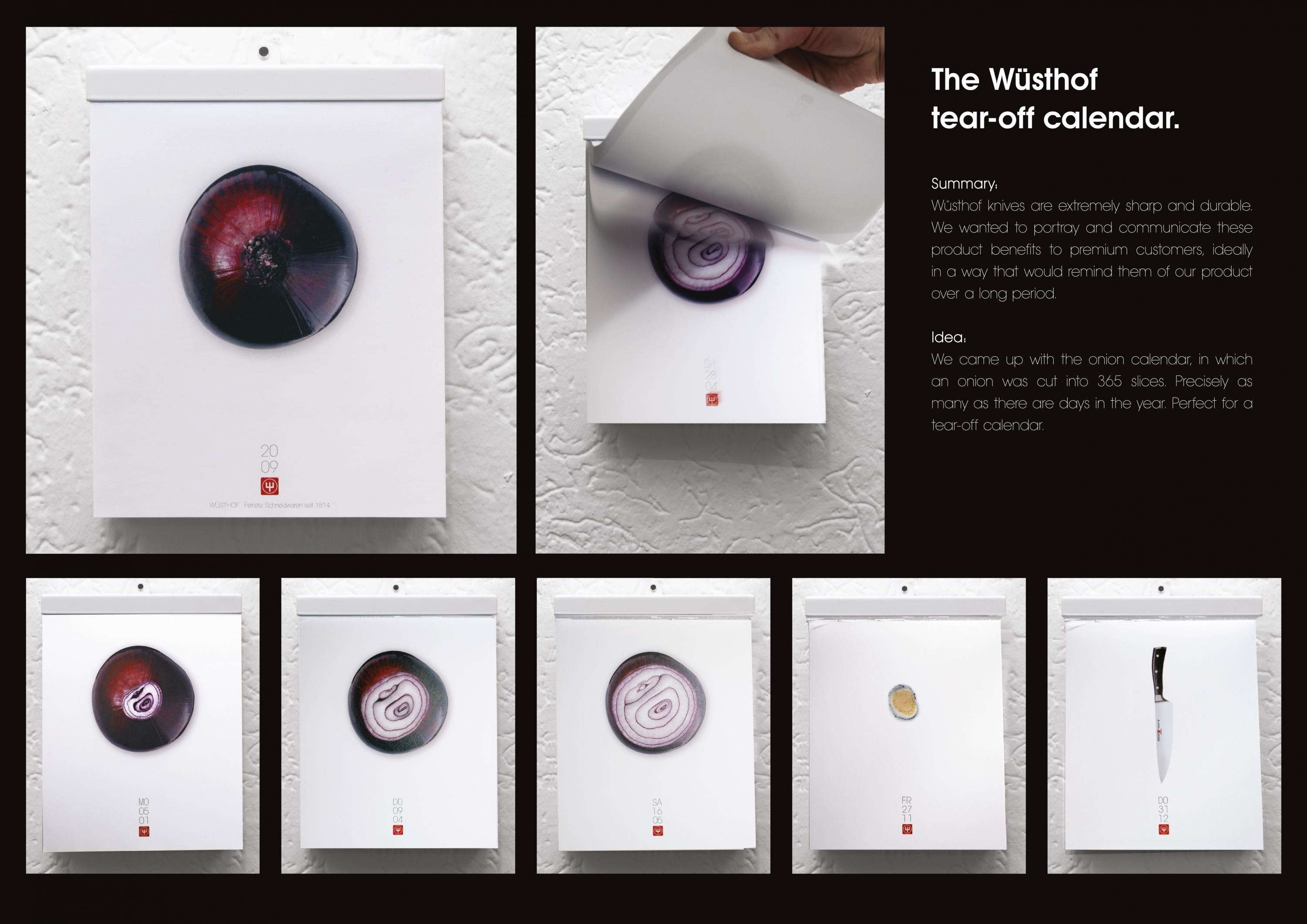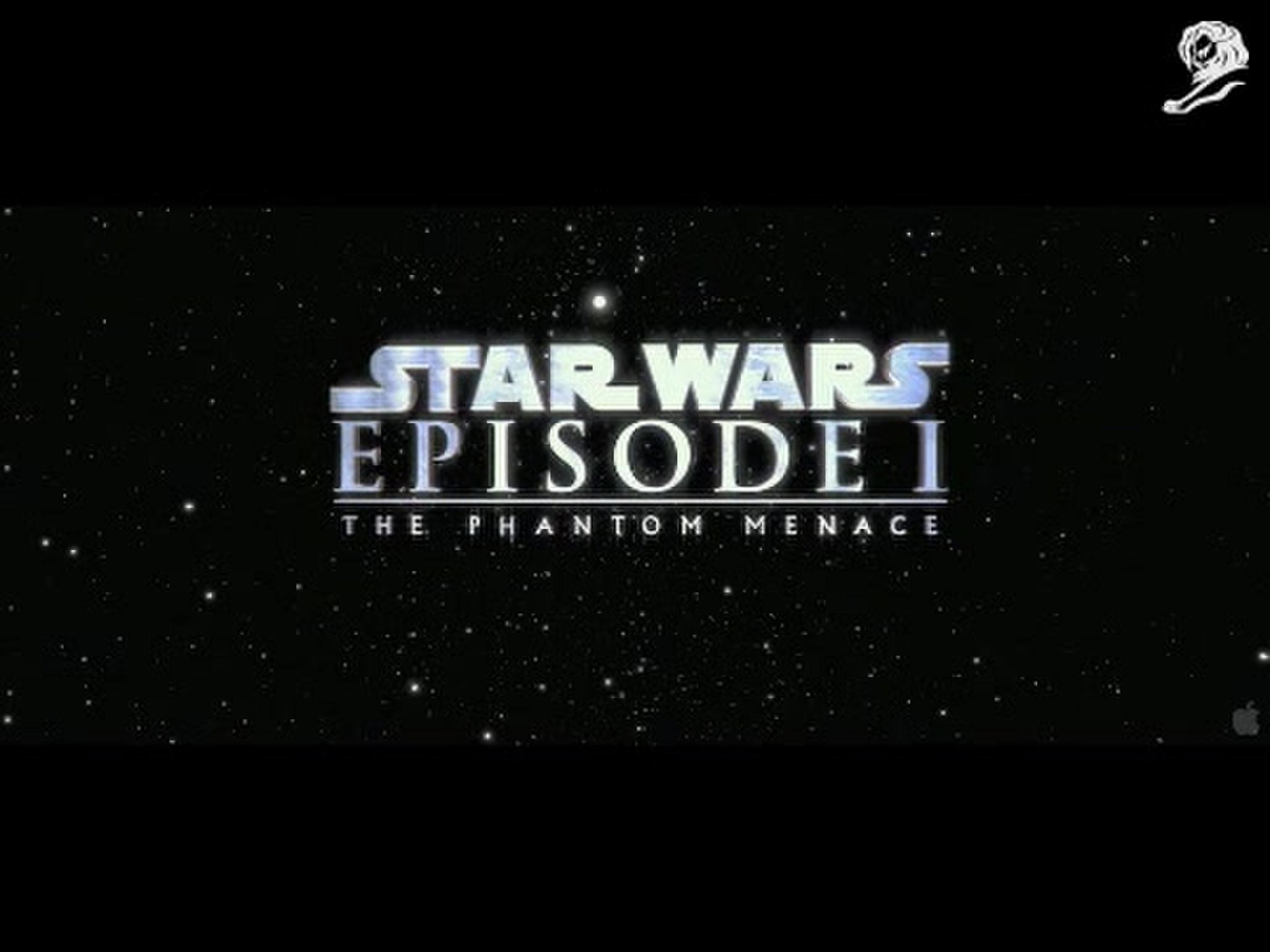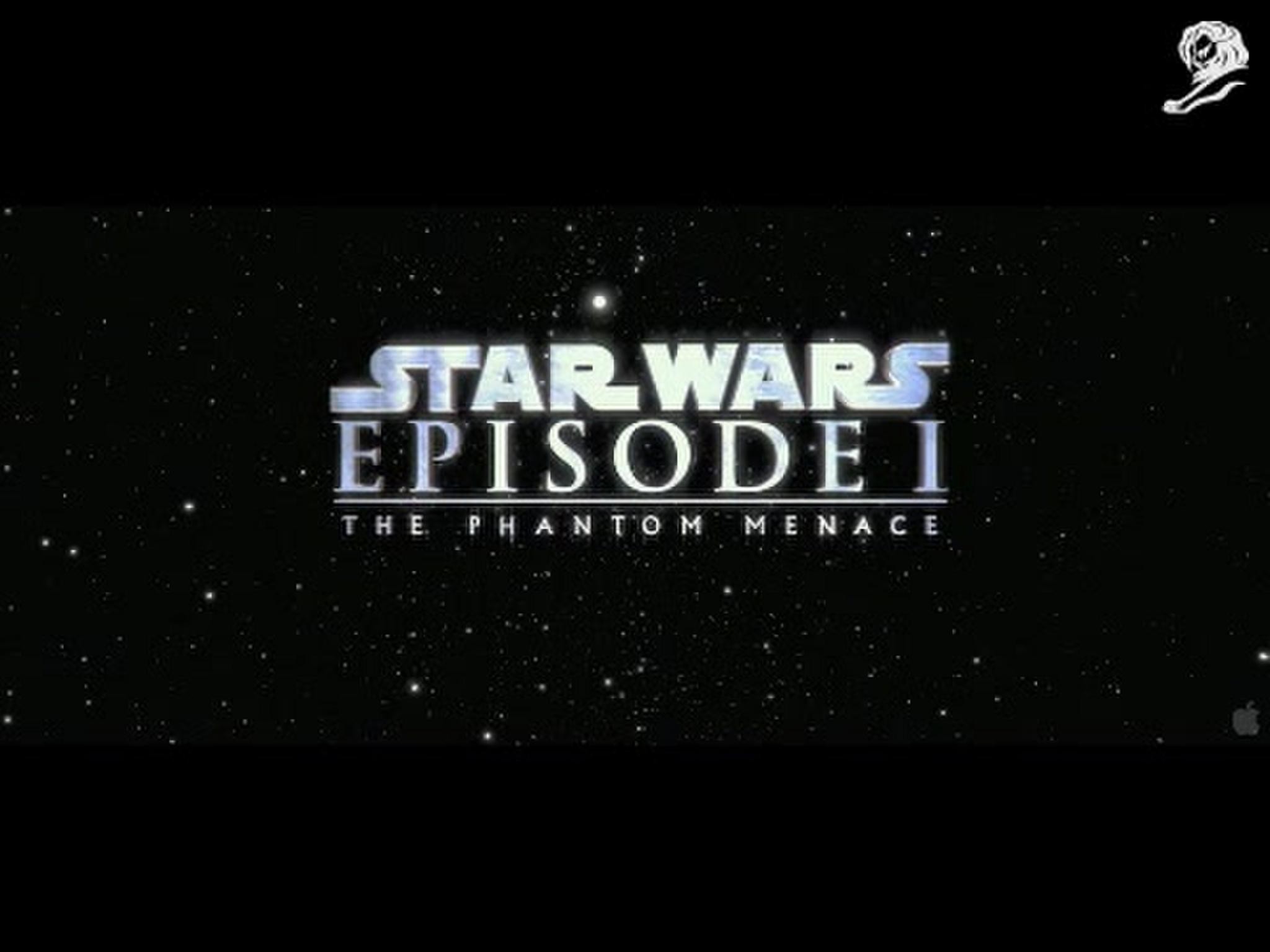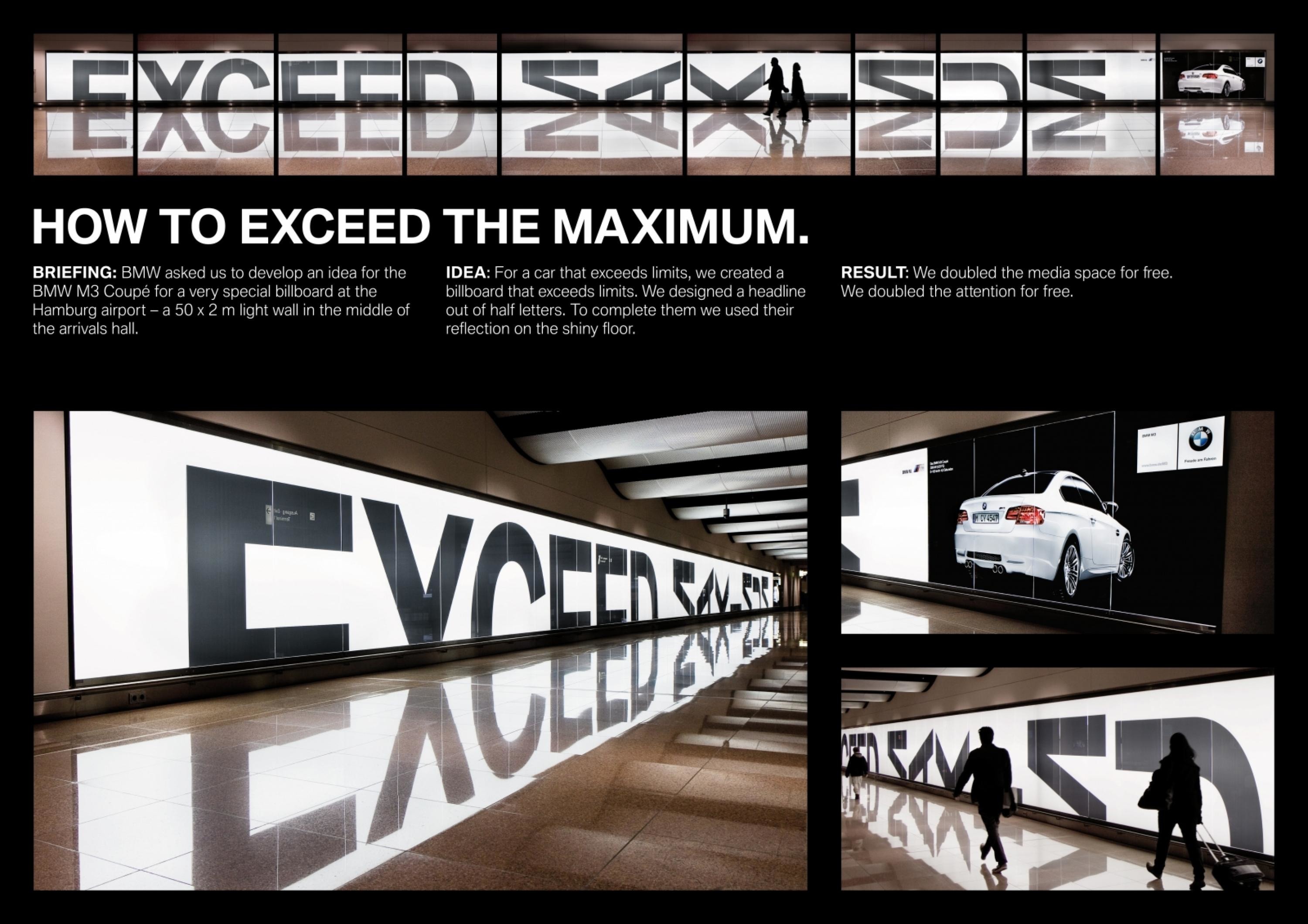Media > Channels
855-HOW-TO-QUIT-(OPIOIDS)
SERVICEPLAN, Munich / ANZEN HEALTH / 2024
Awards:
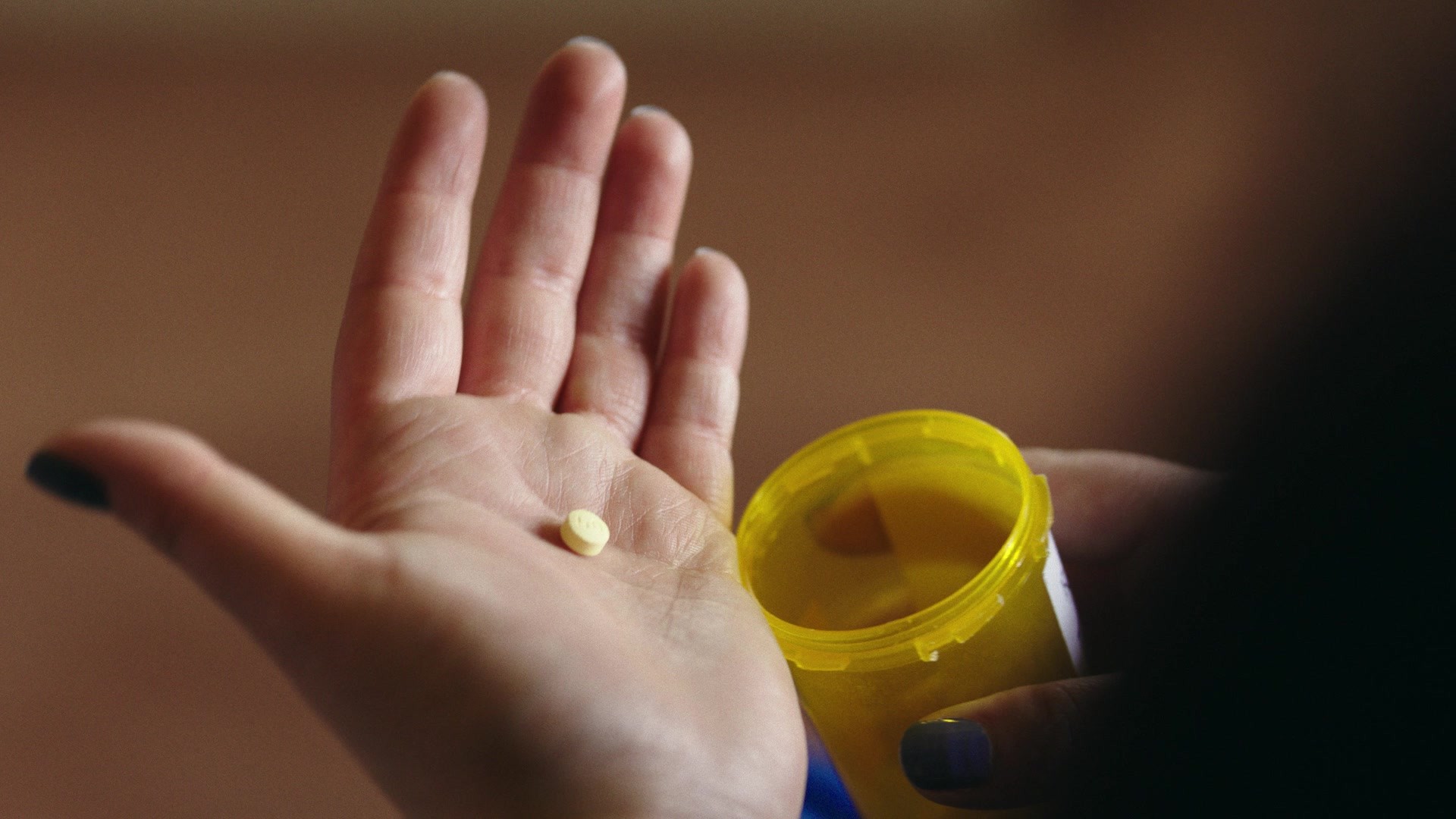
Overview
Credits
Overview
Why is this work relevant for Media?
855-HOW-TO-QUIT is a helpline that reaches people suffering from addiction in the most critical moment – when they have a pill in their hand. It turns the object of addiction into a way out, by using the mandatory imprint codes on opioid pills as phone extensions.
This idea is relevant for Media, because it combines innovative media strategy, placements and execution, to reach the audience most effectively: from using regional prescription data to customize creative for maximum relevancy, to using contextual placements like near pharmacies and known hotspots of people struggling with addiction.
Please provide any cultural context that would help the Jury understand any cultural, national or regional nuances applicable to this work.
After three decades, the Opioid Epidemic in the United States is worse than ever before: More than 6.1 million people suffer from opioid use disorder. Every 6 minutes, someone dies from an overdose.
However, because some people rely on them for valid medical reasons, opioids will remain widely accessible. Also, every pill in the US comes with a mandatory unique imprint code, such as OP for oxycodone, IP33 for codeine, or C for fentanyl. These codes are often used as “street names” for the actual opioids.
For healthcare consultancy Anzen Health, founder of the 855-HOW-TO-QUIT-(OPIOIDS) initiative, this goes beyond a CSR measure, as the campaign in the end also directs public attention and potential clients to rehabilitation facilities, many of which are part of Anzen Health’s client portfolio.
Background
Situation: More than 6.1 million people in the US struggle with opioid addiction. However, due to valid medical applications, opioids remain widely accessible.
Challenge: While there are many support and treatment options, the challenge is for people with substance abuse disorder to take the first step. Even more so when it’s so easy to get your hands on opioids.
Brief: Reach people in the critical moment, with a message that motivates them to seek treatment.
Objectives: 1. Offer immediate, accessible support. 2. Establish trust and present relevant treatment options. 3. Create public awareness for this offering.
Media insight: In the US, even though there is a group of common opioids, the most prescribed pill varies on each state. Additionally, the placement of the billboards directly impacts the relevance of the message.
Describe the creative idea/insights
855-HOW-TO-QUIT. A helpline that reaches people suffering from addiction in the most critical moment – when they have a pill in their hand. It turns the object of addiction into a way out, by using the mandatory imprint codes on opioid pills into phone extensions: codeine (IP33) is dialed as 4733, oxycodone (K9) as 59. The caller then hears the story of someone who managed to quit that very pill – live whenever the survivors’ availability allows, pre-recorded for 24/7 service. Always followed by live advice from experts and concrete treatment options in the caller’s area. In collaboration with NGOs and treatment facilities we were able to collect local prescription data, which enabled the OOH message to be customized for each area. The initiative was developed by healthcare consultancy Anzen Health, together with a coalition of NGOs, activists, artists, and media companies.
Describe the strategy
Creative Strategy: Turning the object of addiction into a way out, to reach people in the most critical moment: when they have a pill in their hand.
Data gathering: In collaboration with NGOs and clinics, local prescription data was used to customize all communication to feature the most frequently used pill in that area.
Target audience: 6.1 million people with opioid addiction in the US.
Planning/Approach: OOH ads were placed in contextually relevant spots, like near pharmacies and known meeting spots of people struggling with addiction. An emotional film brought the campaign to TV. On social media, influencers known to have quit opioids promoted the helpline to their millions of followers.
Messaging: The helpline also acts as call to action to make the messaging most direct.
Describe the execution
Implementation: The helpline features 30 survivors talking about their experience with one of the 30 most prescribed pills. Live whenever their availability allows, pre-recorded for 24/7 service. A general recorded story covers misdials and pills not yet included. Callers can also get more information on pills and project, as well as professional live support.
Timeline: Conceptualized in Q4 2022, produced in Q3/4 2023, launched in Q1 2024, maintained without end date.
Placement: OOH ads were placed in contextually relevant spots, like near pharmacies and known meeting spots. Ads featured different pills based on regional prescription data. An emotional film brought the campaign to TV. On social media, influencers known to have quit opioids promoted and even joined the helpline by sharing their personal story. A website offered all stories, more information, and resources.
Scale: The toll-free helpline is available in all 50 states, 24/7. The campaign runs nationwide.
List the results
Engagement / Results: Within the first 4 weeks, the campaign reached 137M people through OOH, film, and PR. Over 8000 calls came in during that time, with an average call duration of 4:12 minutes.
Consumer loyalty: More than 3600 treatment referrals were placed within the first 4 weeks. 137 people contacted us to share their own stories of recovery.
Brand perception: We not only promoted the helpline, but all the partners involved in the initiative, with NGOs attending radio shows and broadcasts, and Anzen Health being mentioned by main media outlets for their efforts. Several healthcare companies, NGOs and other institutions have joined the coalition since the project’s launch.
Other KPIs: The project has received $295,924 in public funding.
How is this work relevant to this channel?
855-HOW-TO-QUIT is a helpline that reaches people suffering from addiction in the most critical moment – when they have a pill in their hand. It turns the object of addiction into a way out, by using the mandatory imprint codes on opioid pills as phone extensions. It uses one of the oldest audio channels/platforms – the helpline – in an innovative and effective way: by using the pill imprint codes as extensions. It leverages the accessibility of a simple phone call and the emotionality of an audio conversation to establish trust and guide to life-saving help.
More Entries from Use of Audio Platforms in Media
24 items
More Entries from SERVICEPLAN
24 items





